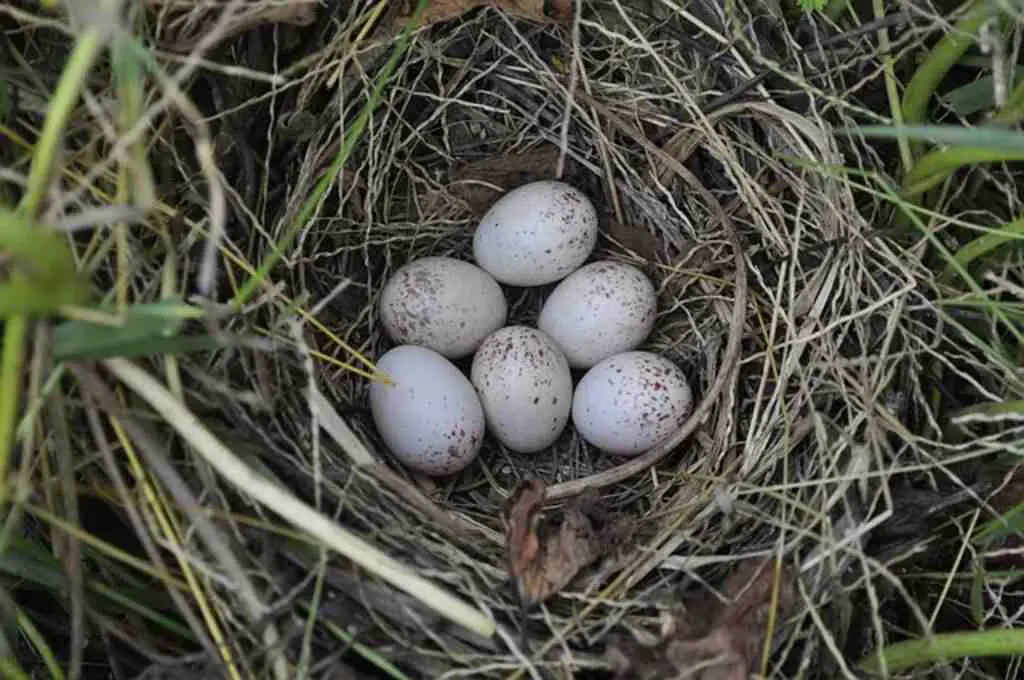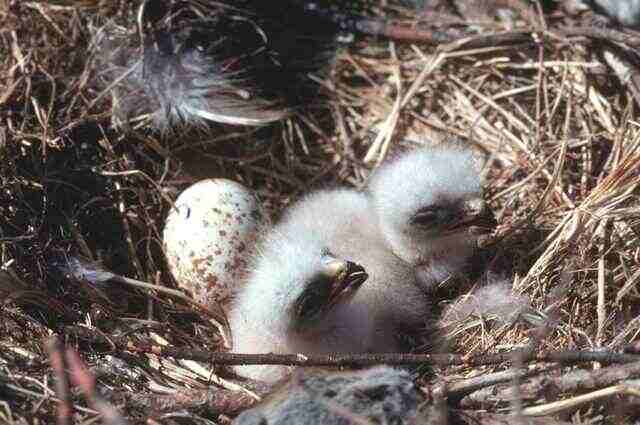Have you ever wondered if all birds lay eggs? This article will take you on a fascinating journey into the world of avian reproduction, exploring the types of eggs laid by different bird species and their unique nesting habits.
Prepare to be amazed by the incredible adaptations and strategies that allow birds to thrive in their specific environments!
Table of Contents
Key Takeaways:
- Egg-laying is a fundamental aspect of avian reproduction.
- Birds exhibit diverse nesting habits and strategies.
- The types of eggs laid by different bird species vary in size, shape, color, and patterns.
- Understanding bird reproduction contributes to conservation efforts and our appreciation of these remarkable creatures.
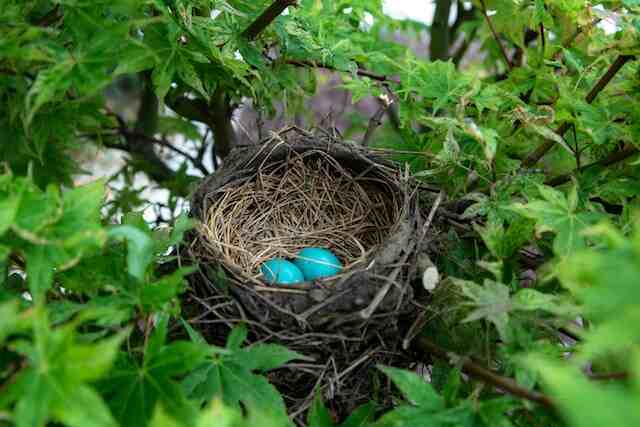
Do All Birds Lay Eggs?
Absolutely! All bird species are oviparous, meaning they reproduce by laying eggs. This fundamental aspect of avian biology is a universal characteristic shared by birds. The diverse range of eggs varies in size, color, and nesting habits, contributing to the intriguing world of avian reproduction.
Overview of Bird Reproduction
In this section, I will provide an overview of bird reproduction, delving into the intricate mechanisms that drive avian species to successfully reproduce and thrive. The reproductive system of birds is a marvel of biological adaptation, enabling them to perpetuate their species through the process of egg-laying, known as oviparity.
Birds possess specialized organs and behaviors that facilitate reproduction. The female reproductive system includes ovaries where eggs are produced, while the male reproductive system consists of testes responsible for producing sperm. During breeding season, birds engage in courtship rituals to attract mates and form pairs, leading to copulation for fertilization of the eggs.
Once the eggs are fertilized, female birds undergo the remarkable process of egg formation within their bodies. The eggs are then laid and incubated, either by the female alone or through shared parental care. The length of incubation varies among bird species and can range from a few weeks to several months.
Avian Reproductive Strategies
Birds have developed diverse reproductive strategies that reflect their ecological niche and evolutionary adaptations. Some species, known as monogamous birds, form long-term pair bonds and jointly care for their offspring. Others engage in polygamy, where males mate with multiple females and provide little to no parental care.
Quote: “Birds showcase a range of reproductive strategies, from monogamy to polygamy, reflecting the incredible diversity of avian species.”
Many birds exhibit incredible nest-building skills, constructing elaborate structures using materials found in their environment. These nests serve as protective shelters for the eggs and growing chicks. Additionally, some bird species, such as raptors and waterfowl, employ strategies to synchronize their reproduction with the availability of food resources.
By understanding the intricacies of bird reproduction, we can gain a deeper appreciation for the remarkable adaptations and behaviors that allow avian species to successfully reproduce and perpetuate their genetic lineage. In the next section, we will explore the fascinating world of bird eggs and the astonishing diversity they exhibit.
Types of Bird Eggs
When it comes to bird reproduction, one of the most fascinating aspects is the incredible diversity of eggs produced by different bird species. These eggs vary in size, shape, color, and pattern, reflecting the unique adaptations of each bird species to its specific environment. From the small, speckled eggs of songbirds to the large, pale-blue eggs of robins, each type of bird egg has its own distinct characteristics.
The diverse range of bird eggs can be attributed to various factors, including the evolutionary history of each species, its habitat, and its nesting habits. For example, birds that nest in trees may lay eggs with a more pointed shape, which helps prevent them from rolling out of the nest. On the other hand, ground-nesting birds often lay eggs with a more spherical shape, providing increased stability on uneven surfaces.
The anatomical structure of bird eggs is also worth noting. Bird eggs consist of several layers, including a protective outer shell, a thick albumen (egg white) that cushions and nourishes the developing embryo, and a yolk that provides essential nutrients. The unique structure of bird eggs contributes to their ability to withstand the physical demands of incubation and ensures the survival of the developing embryo.
| Bird Species | Egg Characteristics |
|---|---|
| Hummingbird | Small size, white or pale-colored, often camouflaged |
| Ostrich | Large size, thick shells, pale cream color |
| Macaw | Medium size, smooth surface, pastel colors |
| Penguin | Medium size, white, with a pointed shape to prevent rolling |
As we continue to explore the world of avian reproduction, it is fascinating to observe the incredible diversity of bird eggs. These intricate structures, with their wide range of sizes, shapes, patterns, and colors, serve as a testament to the remarkable adaptations of different bird species.
Understanding the types of bird eggs and their unique characteristics adds to our appreciation of the complexity and beauty of avian reproduction.
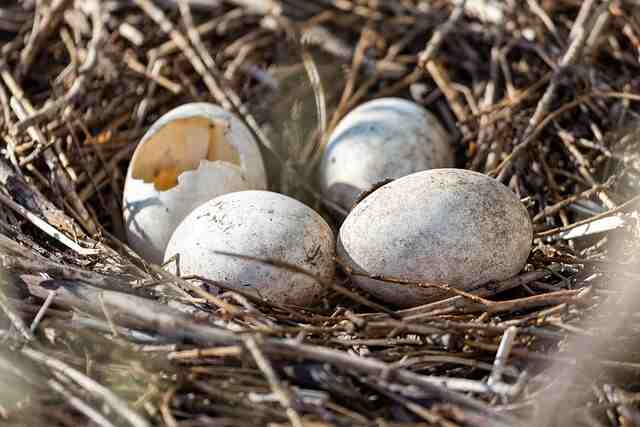
Nesting Habits and Strategies
When it comes to bird reproduction, nesting plays a crucial role in ensuring the survival of their offspring. Birds exhibit a wide range of nesting behaviors, each tailored to their specific needs and habitats. From the intricate nest structures of weaverbirds to the simple depressions in the ground used by certain shorebirds, bird nesting habits are as diverse as the species themselves.
Nest building in birds is a remarkable display of architectural skill and resourcefulness. It involves carefully selecting materials, constructing a sturdy framework, and creating a cozy and safe environment for their eggs and young.
Some birds, like the diligent bowerbirds, construct elaborate and beautifully decorated nests to attract mates, while others rely on hidden and camouflaged nests to protect their eggs from predators.
Once the eggs are laid, bird parenting behavior kicks in. Both male and female birds can take part in incubating the eggs, depending on the species. They share the responsibility of keeping the eggs warm and protected until they hatch.
Additionally, some bird species exhibit cooperative breeding, where multiple adults contribute to raising the young, providing them with food and protection.
Bird Parental Care
After hatching, the bird offspring require constant care and feeding. Parental care in birds involves providing their young with nutrition, teaching them essential survival skills, and protecting them from potential threats. This includes finding and procuring food, effectively communicating with their offspring, and shielding them from predators.
| Common Name | Scientific Name | Parental Care Behavior |
|---|---|---|
| Mallard | Anas platyrhynchos | Female incubates eggs, male protects nesting site |
| Emperor Penguin | Aptenodytes forsteri | Male incubates eggs, female forages for food |
| Bald Eagle | Haliaeetus leucocephalus | Both parents incubate eggs and raise young together |
| Superb Fairywren | Malurus cyaneus | Cooperative breeding with multiple adults caring for offspring |
In some bird species, parental care extends beyond the fledgling stage, with parents providing guidance and protection until their offspring become independent. This process ensures that the young birds have the best chance of survival and are equipped with the skills and knowledge necessary for their future endeavors.
Overall, bird nesting and parenting behaviors are essential for the reproductive success of these fascinating creatures. Through their diverse strategies and unwavering dedication, birds have evolved remarkable ways to ensure the survival of their species, highlighting the complexity and beauty of avian reproductive behavior.
Unique Reproductive Adaptations
In the avian world, there are several fascinating and unique reproductive adaptations that have evolved among different bird species. One such adaptation is brood parasitism, where certain birds lay their eggs in the nests of other bird species. This behavior can be observed in birds like cuckoos and cowbirds.
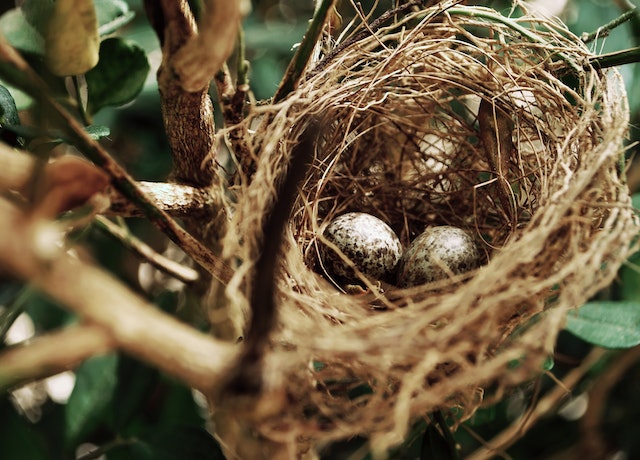
Conservation and Protection of Bird Species
Preserving and safeguarding bird species is of vital importance to maintain the ecological balance and biodiversity of our planet. Bird conservation entails a range of efforts aimed at protecting vulnerable bird populations and their habitats, ensuring their survival for future generations to appreciate and enjoy.
Avian conservation initiatives involve habitat preservation, captive breeding programs, public education campaigns, and concerted collaborative efforts to address specific threats facing bird species.
Habitat preservation is a cornerstone of bird conservation. By identifying and protecting crucial habitats, such as wetlands, forests, grasslands, and coastal areas, we can provide safe havens for birds to breed, nest, and forage.
Conserving these habitats ensures that birds have access to essential resources, such as food and shelter, and helps maintain healthy populations.
Captive breeding programs play a crucial role in conserving endangered bird species. These programs involve breeding birds in controlled environments, such as aviaries or breeding centers, with the aim of releasing individuals into the wild to bolster populations.
By carefully managing genetic diversity and monitoring the health of captive populations, these programs contribute to the long-term survival of rare and threatened bird species.
“Birds are indicators of the environment. If they are in trouble, we know we’ll soon be in trouble.” – Roger Tory Peterson
Public education campaigns are essential in raising awareness about the importance of bird conservation and inspiring action. By engaging communities, schools, and the general public, we can foster a deeper appreciation for birds and their ecological significance.
These campaigns often focus on topics such as bird identification, bird-friendly gardening practices, and the role of citizen science in monitoring bird populations.
| Threats to Bird Species | Conservation Measures |
|---|---|
| Habitat loss and degradation | Habitat preservation and restoration |
| Pollution and climate change | Reducing pollution and promoting sustainable practices |
| Invasive species | Control and management of invasive species |
| Illegal hunting and trade | Enforcement of protective laws and regulations |
| Collisions with human-made structures | Implementation of bird-friendly building designs |
| Nest predation and disturbance | Protection and management of nesting sites |
By combining these conservation efforts and addressing the primary threats facing bird species, we can make significant progress in preserving fragile populations and ensuring the continued existence of birds in their natural habitats.
The collective actions of individuals, organizations, governments, and international collaborations are crucial in safeguarding the diverse bird species that grace our world with their beauty, song, and ecological importance.
Why Birds Have Feathers and Lay Eggs?
Feathers and egg-laying are two distinct characteristics that define birds. These unique traits are closely intertwined with avian reproductive strategies and play essential roles in their life cycles. Let’s explore the fascinating relationship between feathers and egg-laying in birds.
Avian reproductive strategies are incredibly diverse, and the presence of feathers is a key adaptation that enables birds to successfully reproduce. Feathers not only provide insulation, flight capability, and protection but also play a crucial role in courtship displays.
Vibrant plumage and elaborate dances help attract mates and establish breeding pairs, contributing to the continuation of bird species.
As for egg-laying, it is a defining feature of the avian reproductive process. All birds are egg-layers. This includes both male and female birds, as egg fertilization and subsequent incubation are responsibilities shared by both genders in many species.
The avian reproductive system has evolved to ensure the proper formation and development of eggs, allowing for successful reproduction and the continuation of bird lineages.
| Feathers and Egg-laying in Birds | |
|---|---|
| Feathers provide insulation, flight capability, and protection. Feathers play a crucial role in courtship displays. Egg-laying is a defining feature of avian reproduction. Both male and female birds participate in egg-laying and incubation. The avian reproductive system ensures the proper formation and development of eggs. |
In the remarkable world of birds, feathers and egg-laying are intricately connected. Feathers not only provide birds with their unique physical characteristics but also contribute to their reproductive success. And through the process of egg-laying, avian species continue to thrive and evolve, ensuring the diversity and beauty of our avifauna.
In conclusion, the presence of feathers and the ability to lay eggs are defining traits of birds. Feathers serve multiple functions, including flight, insulation, protection, and courtship displays, while egg-laying is a fundamental aspect of avian reproduction.
Birds have evolved a complex reproductive system to produce and incubate eggs, ensuring the continuation of their species. The synergy between feathers and egg-laying highlights the remarkable adaptations and strategies that have allowed birds to thrive and capture our fascination.
Conclusion
In conclusion, the world of bird reproduction is truly fascinating. We’ve explored a wide range of topics, from the diverse types of eggs laid by different bird species to their nesting habits and strategies. Through our exploration, we’ve gained insights into the incredible adaptations and behaviors that allow birds to successfully reproduce and raise their young.
One of the key takeaways is that all bird species engage in egg-laying as part of their reproductive process. This fundamental aspect of bird reproduction sets them apart from other animals and showcases the unique strategies they have developed over millions of years.
By understanding the facts, behaviors, and strategies related to bird reproduction, we can better appreciate the remarkable diversity of avian life. It also highlights the importance of conservation efforts to protect these incredible creatures and ensure their continued existence for future generations to marvel at.
So the next time you see a bird nesting or come across a bird egg, remember the incredible journey that brought it into existence. The world of bird reproduction is a true marvel of nature, and by learning more about it, we can deepen our connection to these amazing creatures.
FAQs
Do all bird species lay eggs?
Yes, all bird species are oviparous, meaning they lay eggs as part of their reproductive process.
What are the different types of bird eggs?
Bird eggs come in various sizes, shapes, colors, and patterns. Each bird species has its unique adaptation in egg-laying, resulting in diverse egg characteristics.
How do birds build their nests?
Birds exhibit diverse nesting habits and strategies. They can build elaborate nests made of woven twigs or simple nests crafted from natural materials. The nest building process varies among species.
What is brood parasitism in birds?
Brood parasitism is a unique reproductive adaptation seen in certain bird species, such as cuckoos and cowbirds. They lay their eggs in the nests of other bird species, relying on unsuspecting hosts to raise their young.
What are the conservation efforts for bird species?
Bird conservation involves various efforts such as habitat preservation, establishment of protected areas, captive breeding programs, and public education campaigns aimed at safeguarding vulnerable bird populations and their habitats.
What is the relationship between feathers and egg-laying in birds?
Feathers and egg-laying are both unique traits of birds. Feathers evolved for flight and insulation purposes, while egg-laying is a reproductive strategy. These traits are interrelated in the life cycle of birds.

